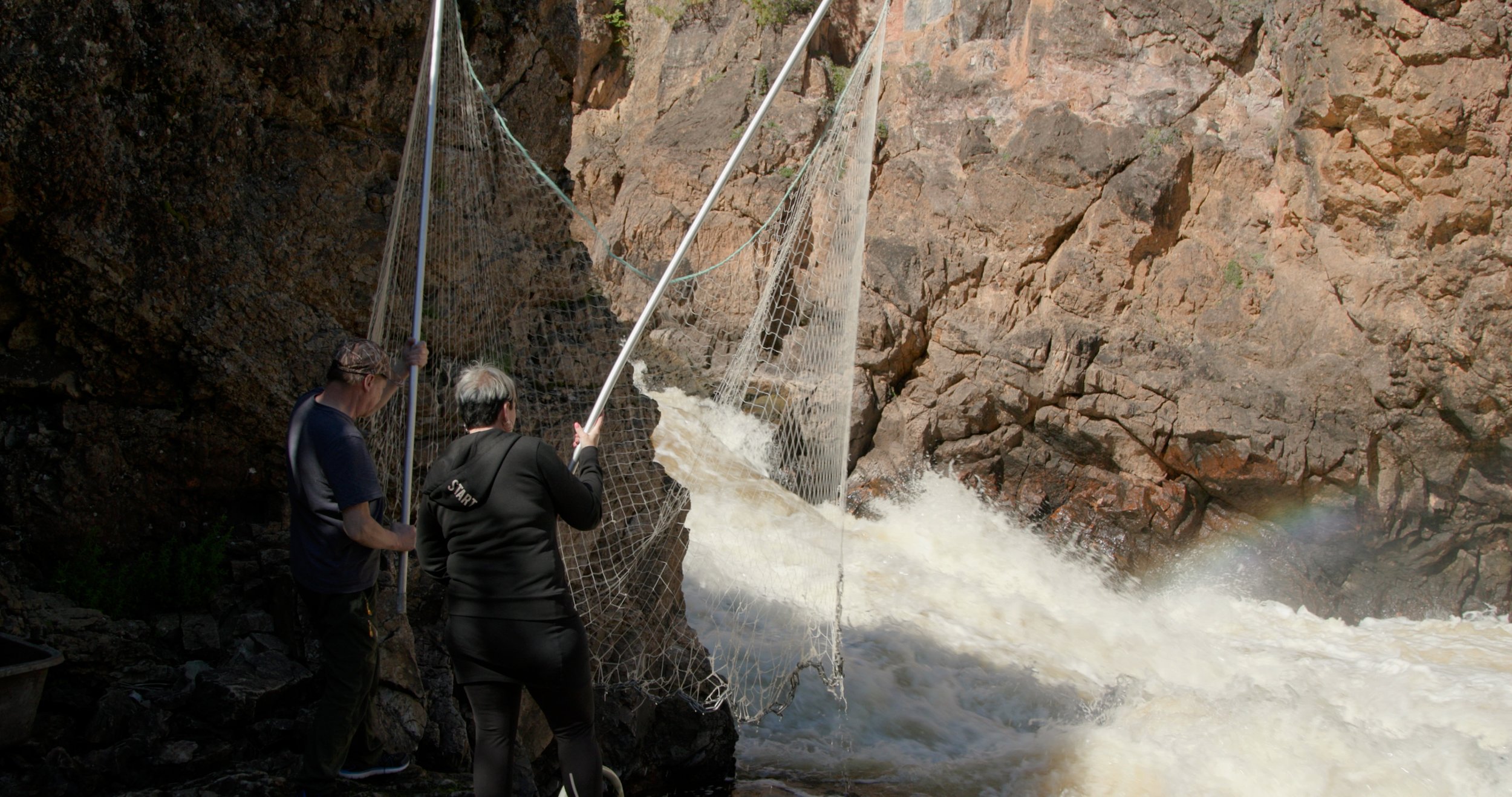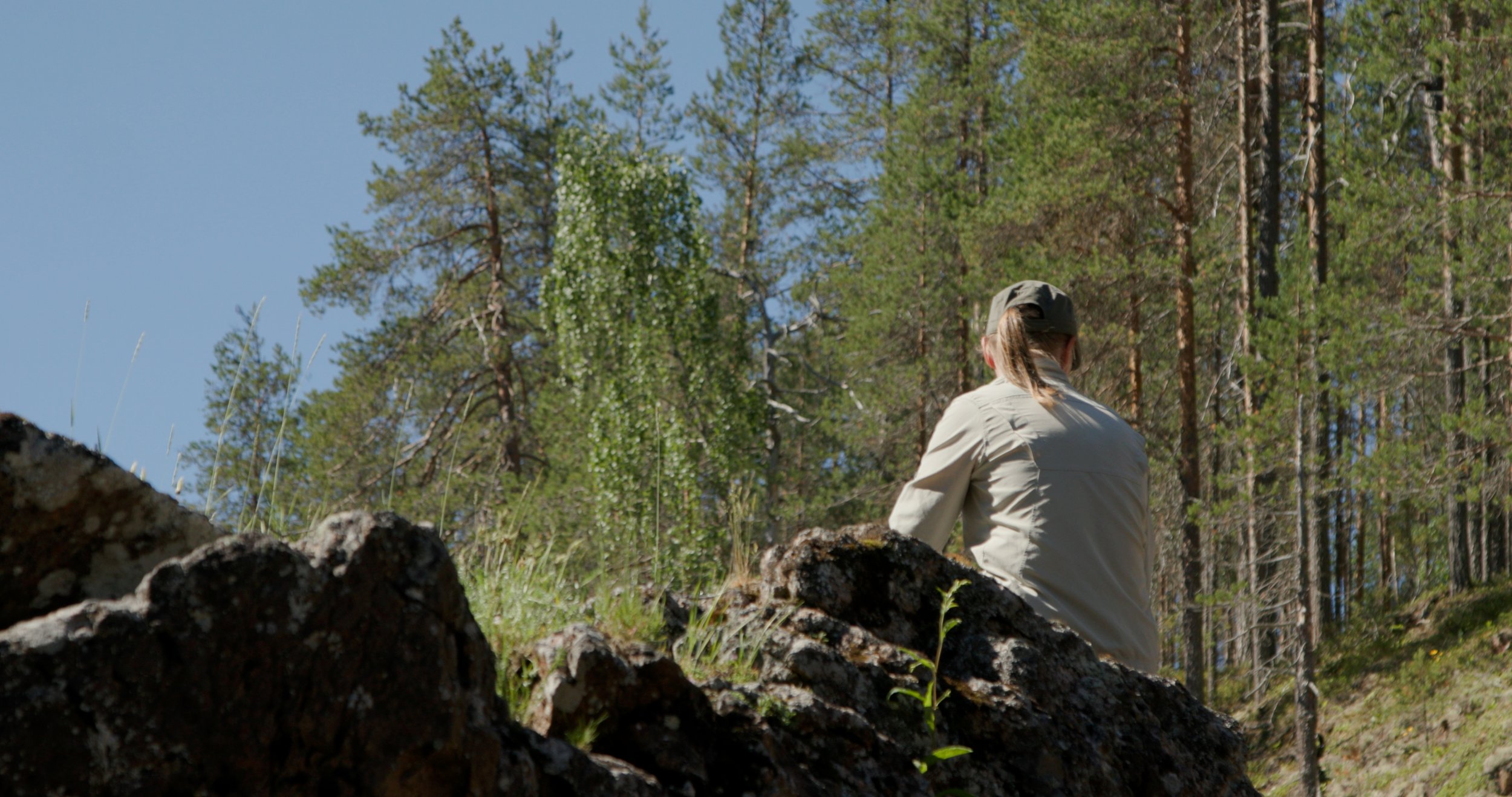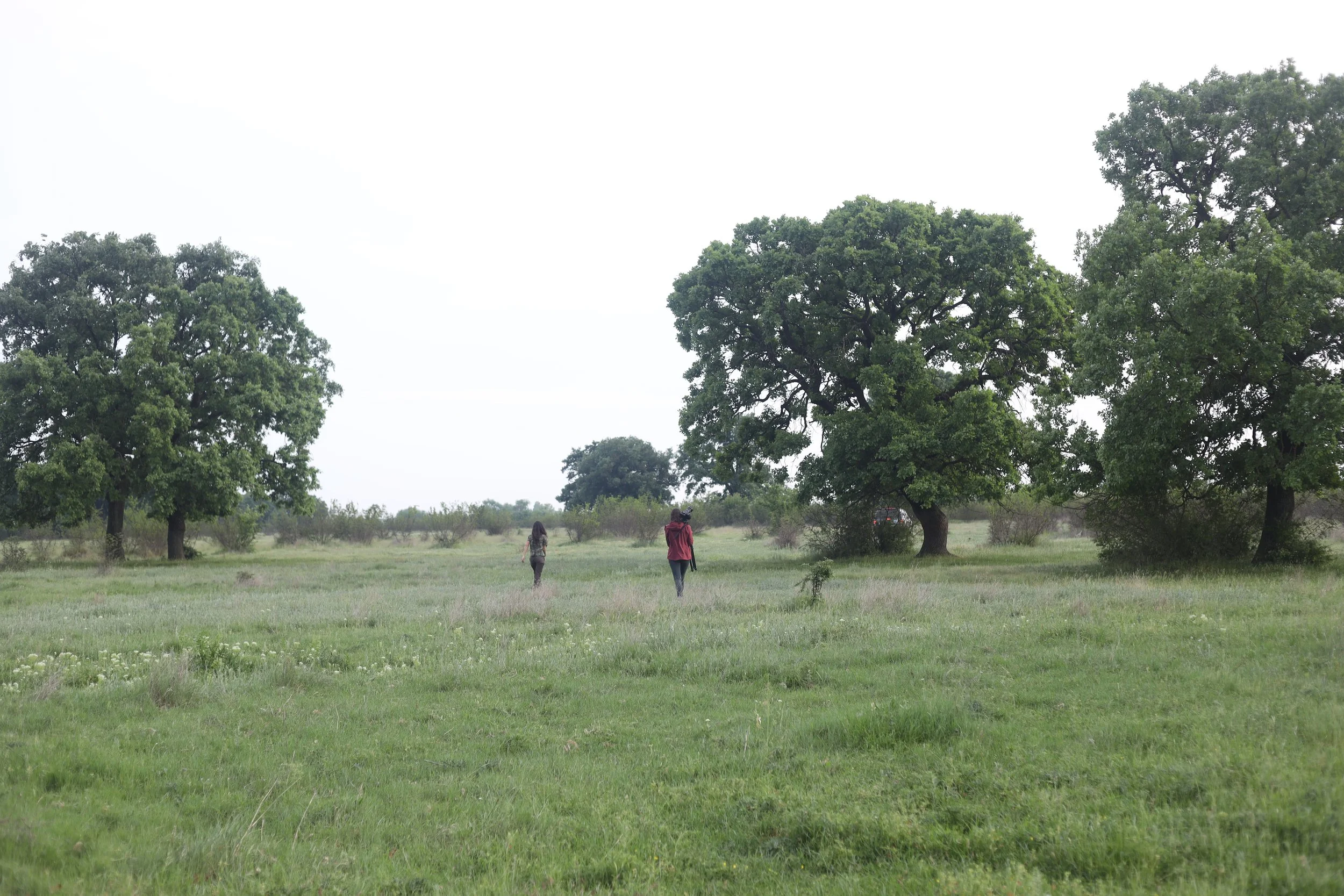
Rewilding the Iron Curtain
“It is the meaning of working together across the border. And it started in nature conservation, not in politics.”
— Stanislava Dešnik

The European Green Belt
24 countries
12,500 kilometres
150+ conservation groups
-
The European Green Belt is an ecological corridor spanning the length of the former Iron Curtain, which once divided Europe into East and West. From the northernmost border between Finland and Russia, all the way south to the Black, Ionian and Adriatic Seas in the Balkans, the Green Belt has been transformed from a political frontline into a haven for wildlife.
-
Seeing the value of preserving nature and human history, the European Green Belt was established by environmental groups in the 15 years following the end of the Cold War.
-
Even before the Green Belt was established, biologists had discovered the rich biodiversity of Europe’s border regions. These areas were often sparsely populated during the time of the Cold War, in many cases giving nature the chance to thrive without interference.
The European Green Belt is also an important symbol of European history. Often described as a “living memorial,” buildings from its turbulent history still remain, such as watchtowers, bunkers, and prisons.

Episode 1: Bulgaria
Once extinct in Bulgaria, the lesser kestrel is now back in the skies and thriving thanks to the work of the NGO Green Balkans. It is a sight that Gradimir and his team cherish every year when the kestrels return from migration. At the Rescue and Rehabilitation Center, we meet the next generation of lesser kestrels, getting ready to take to the skies.








Episode 2: Albania
With fewer than 50 individuals left, the Balkan lynx is on the brink of extinction. Bledi and his team from PPNEA reveal the challenges they face in protecting the Balkan lynx and how the the Balkan Lynx Recovery Programme is working to safeguard the future of this vulnerable species.


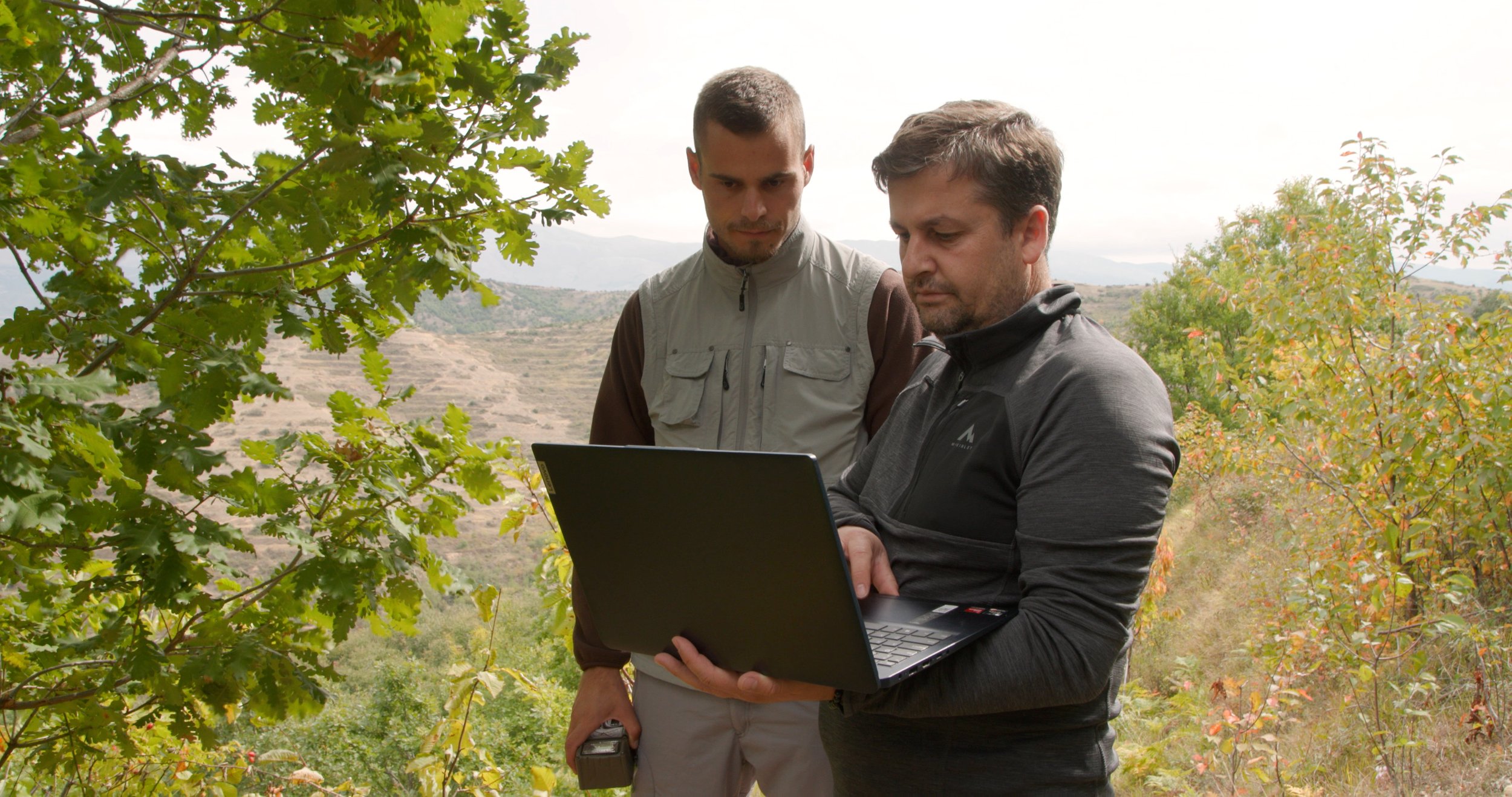





Episode 3: Slovenia
Gregor takes us to meet some of Slovenia's most misunderstood residents. Goričko Nature Park is home to 17 bat species, all dependent on the diverse mosaic of habitats this region is known for. Thanks to the work of Gregor, Stanka, and the team at the Goričko Public Institute, the community is now becoming more accepting of their bat neighbours.
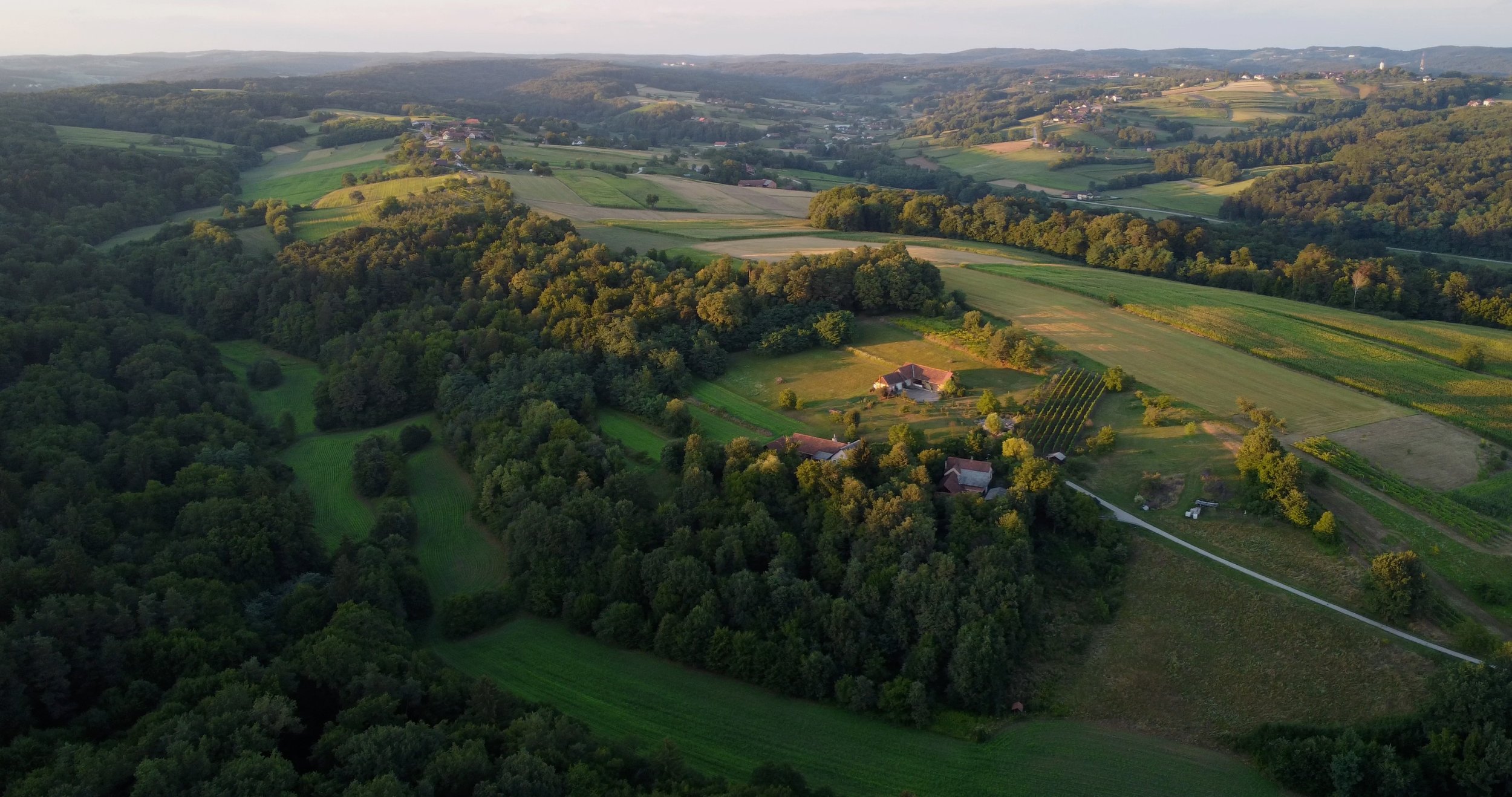





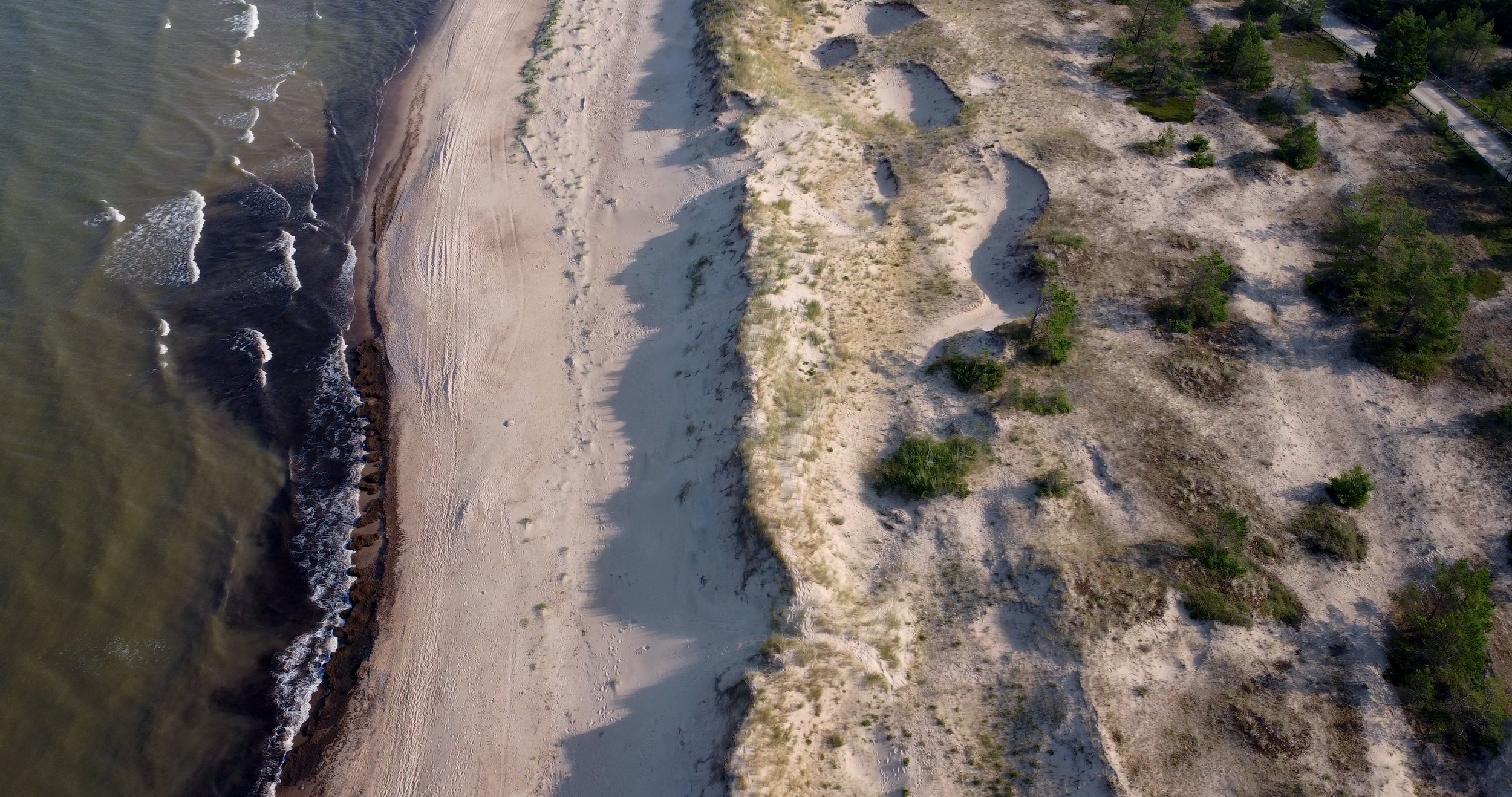
Episode 4: Baltics
Lina and Dace take us on an exploration of the Baltic Sea region, home to an array of habitats, wildlife, and military buildings from the Soviet occupation. On Naissaar Island, munitions factories and prisons leave behind memories of the island's history. What was once a top-secret base for the Soviet army has now become a nature reserve.





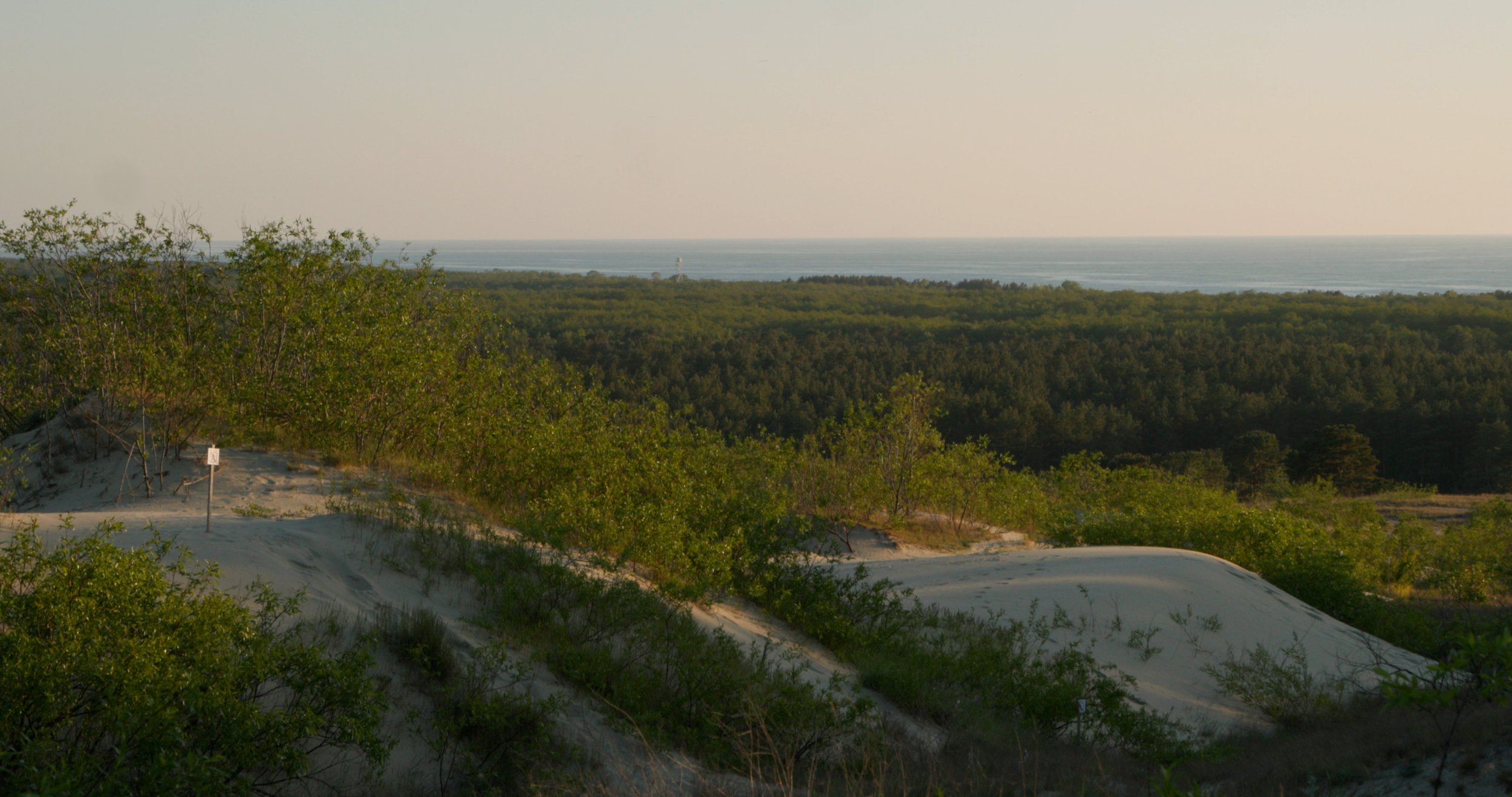

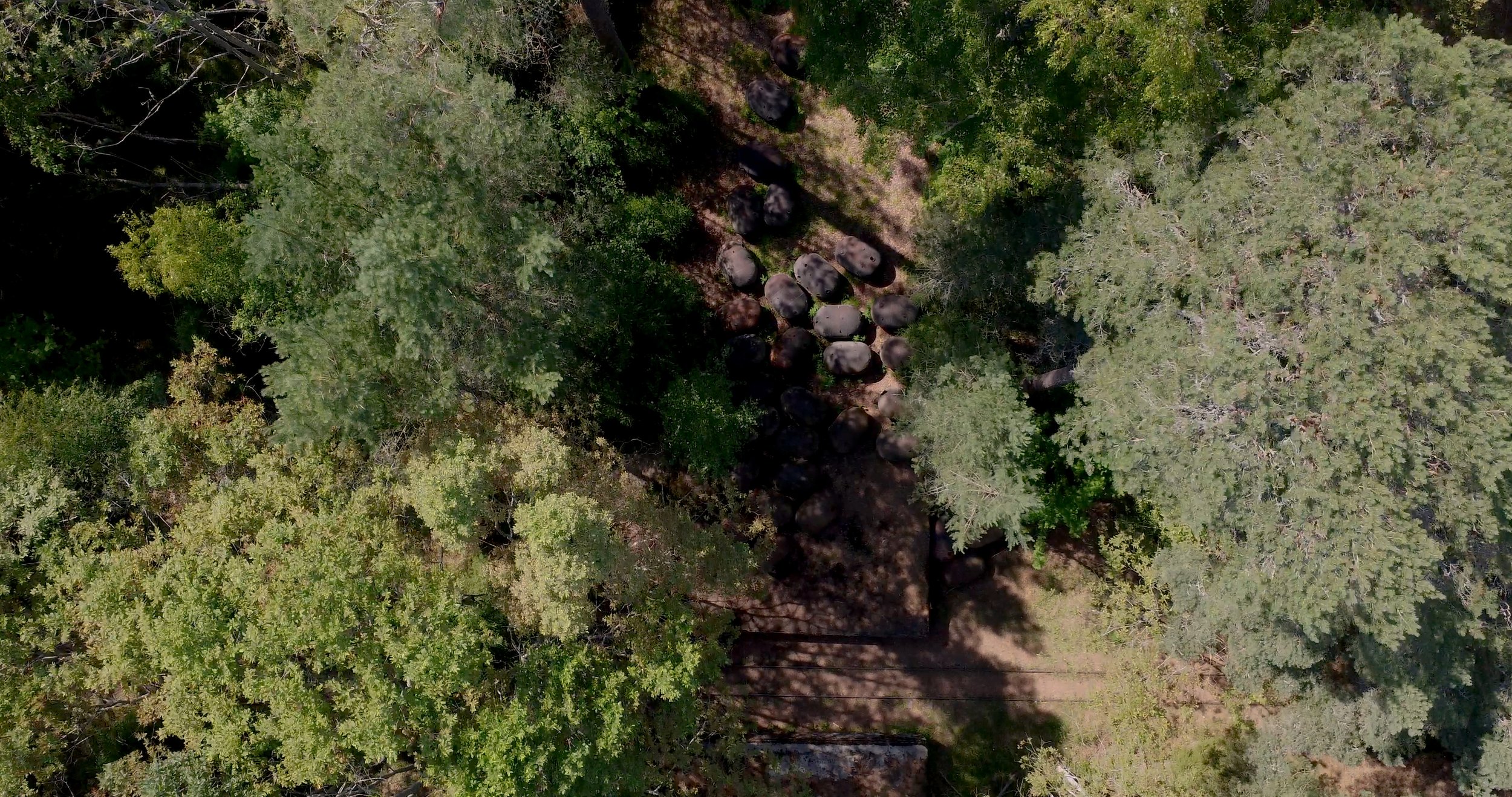


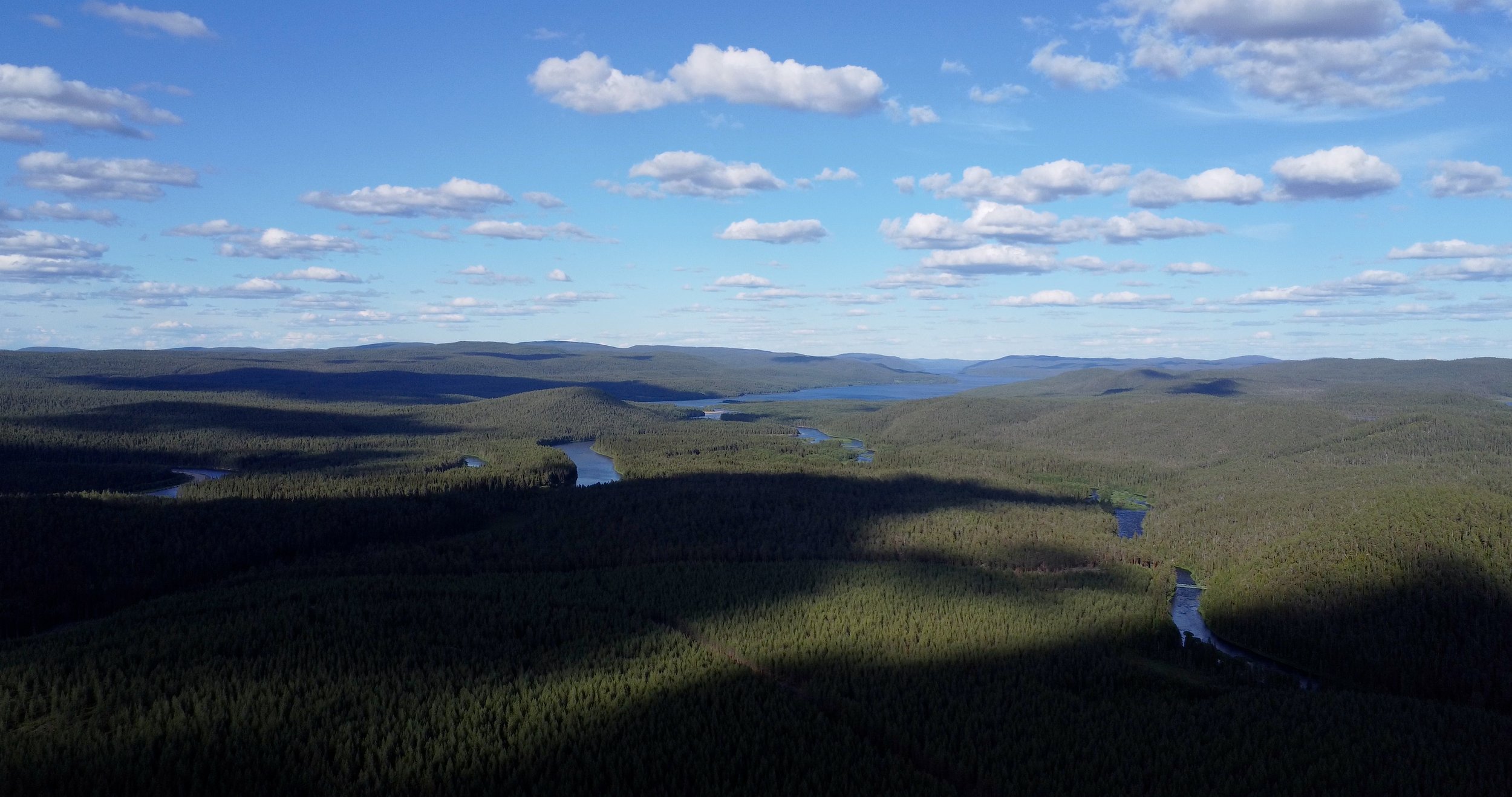
Episode 5: Finland
River Oulankajoki, flowing through both Russia and Finland, provides a perfect habitat for brown trout to live in. It is also a popular fishing location, putting the future of brown trout in danger. Raisa, leader of the PRO Trout project, is on a mission to protect the brown trout population and conserve the biodiversity of the Oulanka River.



